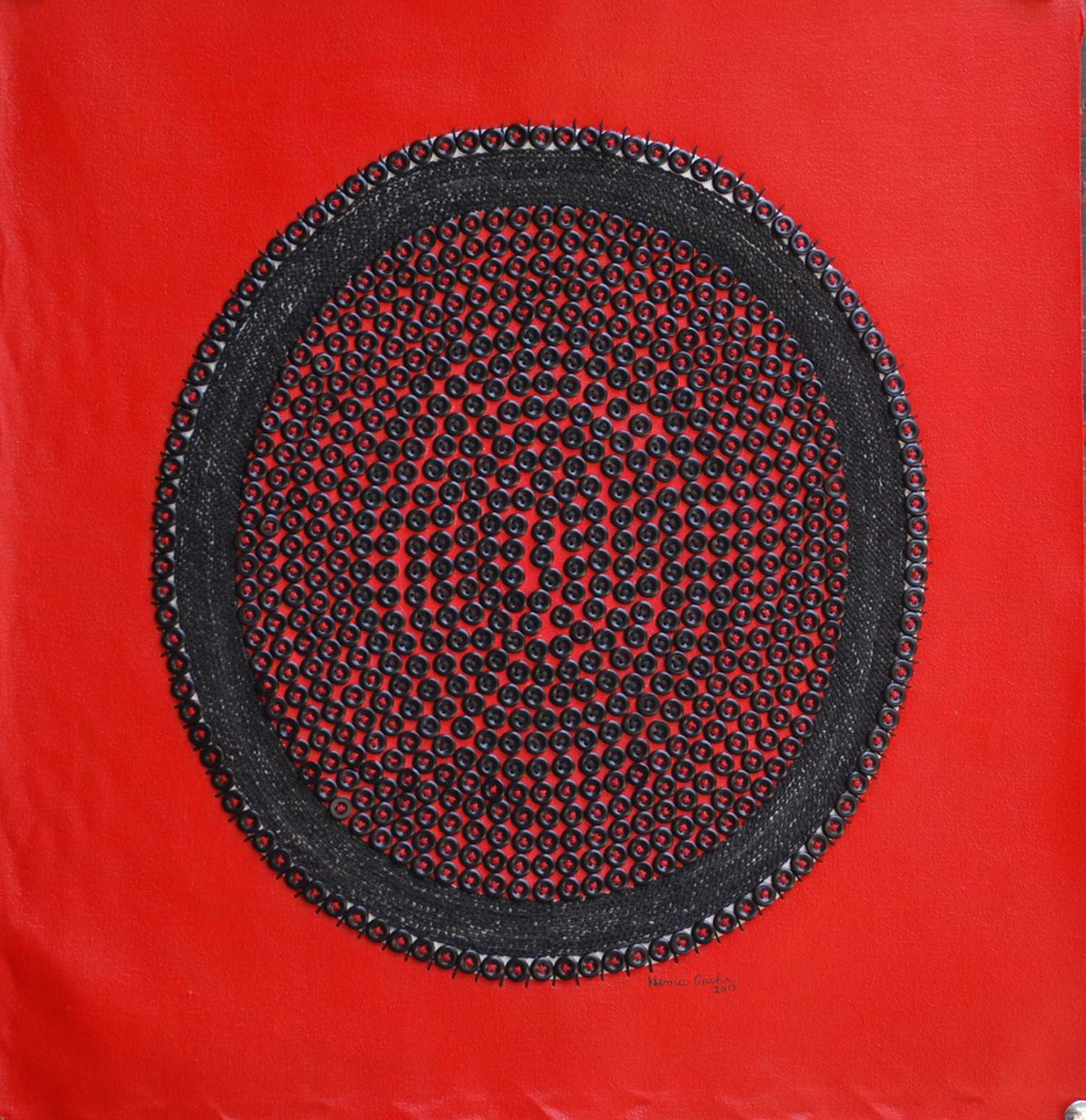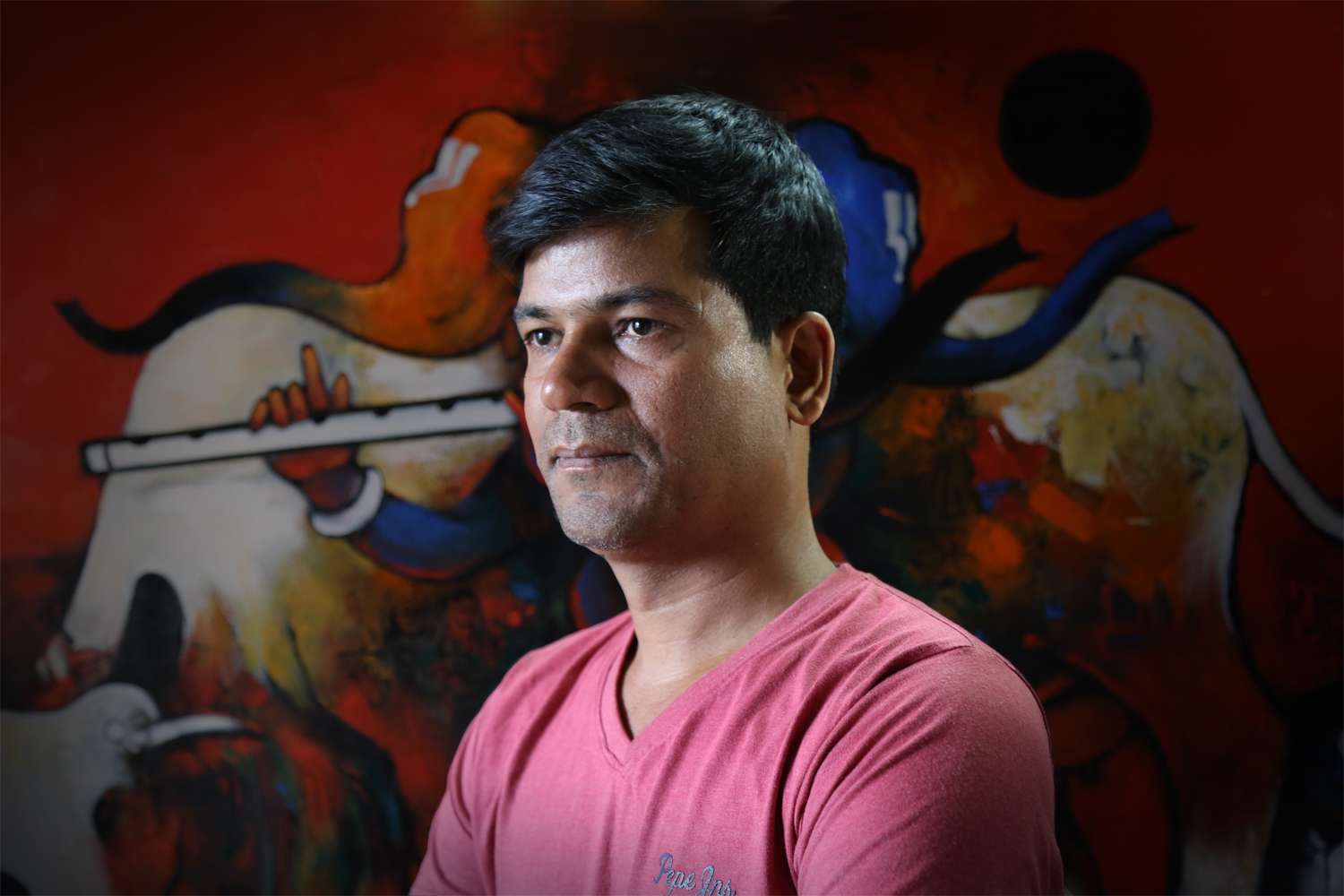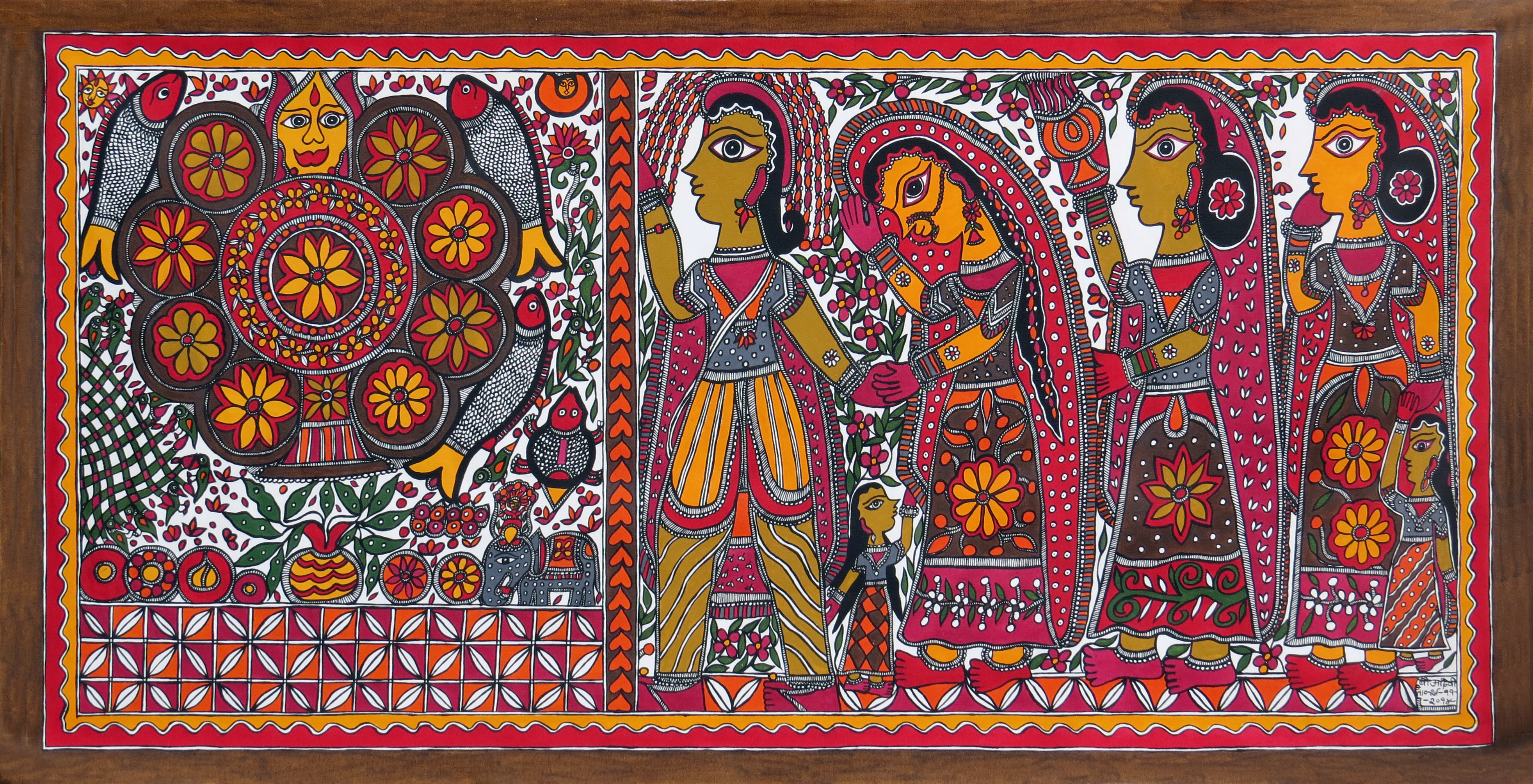There is a sugariness in the faded colours of a painting that make me believe everytime that there is more to everything than what appears to be.
My affability for art comes from my love for writing. An art is an art, doesn’t matter if it belongs to different branch; eventually, the roots are same.
Since I belong to India, I am quite lucky as an art lover. There is a sprinkle of art everywhere I go.
This beautiful country is known for its richness in heritage with respect to art, culture, beliefs and people. Every turn on the road leads to some diverse culture with varied traditions and of course a distinctive art style.
The crazy part is, you can never get bored of the spice that Indian art presents to you. One such chunk that has been serving art lovers in India is the Traditional art.
When we associate the words such as ‘legacy’ and ‘heritage’ with Indian art, it means the impeccable inheritance that is carried forward.
Indian conventional art consists of various types; dance, music, paintings, sculpture, and so on.
In this blog, I am going to scribble down some of the famous traditional painting forms that have been carrying the baton for Indian art till date. Let’s start with a brief on traditional art:
What is Traditional Art? Where did it began?
Before we start getting all aroused about conventional art, what is the perfect way to define it?
Well, traditional art is the skills and knowledge of artistry that has been passed down from one generation to another in a culture. It is the conventional way to craft the masterpieces that still brightens up the mundane of the rooms.
It starts from the finesse that pre-historic artists hold in carving some exquisite designs on the walls of caves. The impression of these artworks can be seen on the walls of Ajanta & Ellora till date.
The paintings on these walls are considered from the 1st to 7th century AD. These paintings give a glimpse of lives of people living in the caves. Many artists inspired from this style and carried forwarded the conventional wall painting till the 19th century.
Apart from this, India has seen a diverse range of artworks in history. Do not haste, we are going to take a walk through some of the prominent Indian traditional painting forms that stood the test of time:
Miniature paintings
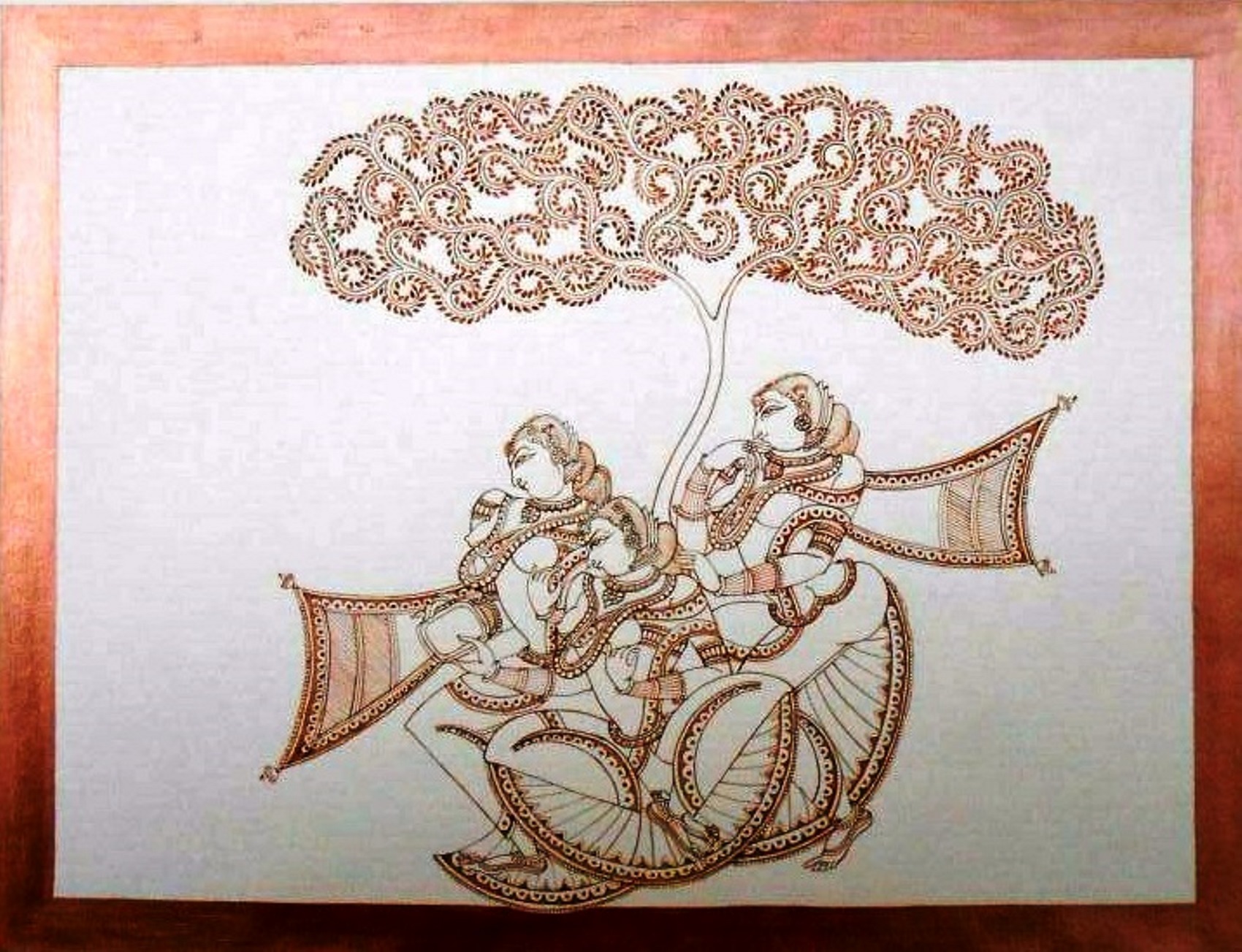
Did you know that the first of the miniature artworks have been found on palm leaves? Yes. Now, imagine, how old the art tradition of India is.
The miniature paintings were only carved by Buddhist and Jain merchants during the 10th till 12th century. Famed as Pala and Jains, these miniatures eventually caught the eye of different cultures such as Rajasthani, Mughal, Deccani, and Pahari.
These exclusive artworks are still embellishing the wall spaces of people’s home as the legacy is being preserved and handed over through the eon of time.
If you want to find some dazzling miniature paintings, find a credible online gallery and select the one that suits your room ambience.
Pattachitra
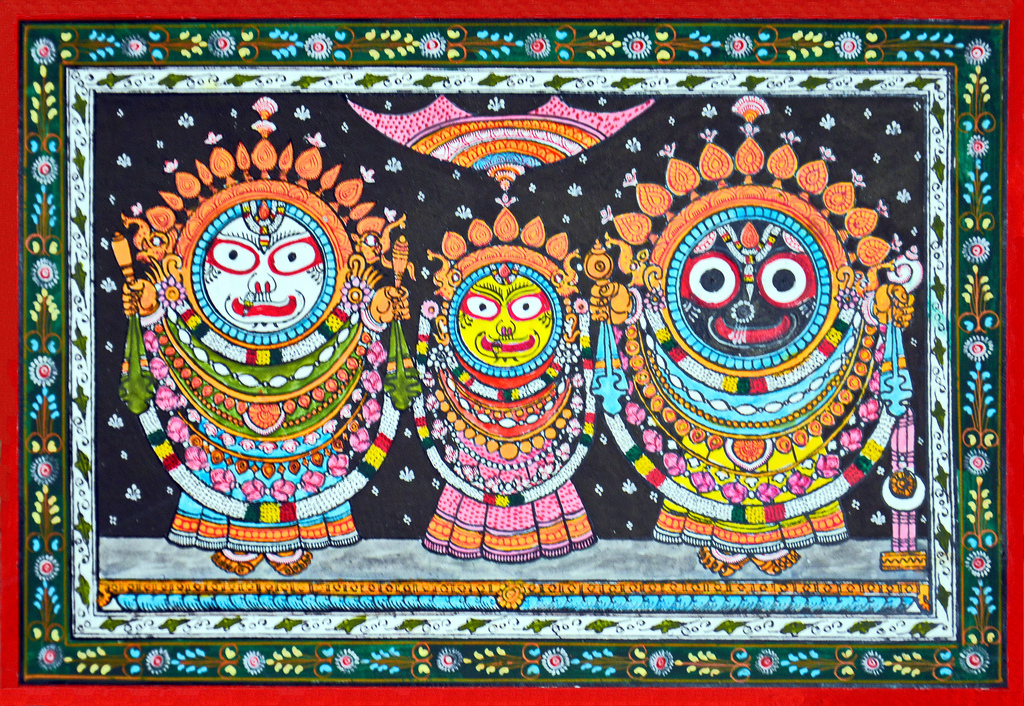
A form of traditional art coined in Orissa, Pattachitra is known for Lord Krishna Paintings.
If you want to see how the artistry of conventional art is being passed on to generations, take a good look at the village in Orissa named as Raghurajpur, where atleast one member of each family even today knows the skill of Pattachitra.
Apart from Lord Krishna paintings, Pattachitra also incorporates tales from religious epics such as Ramayana and Mahabharata.
Warli
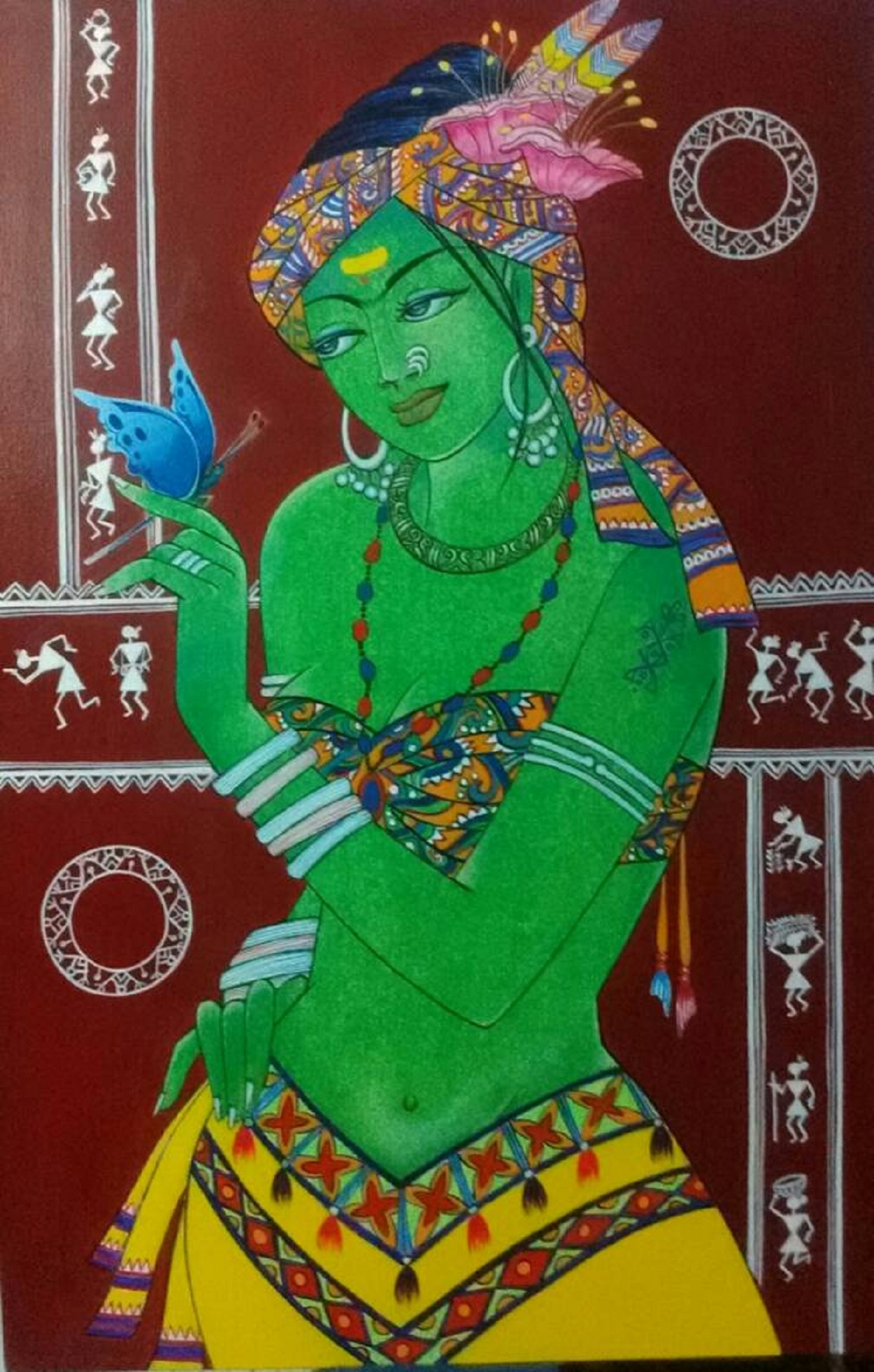
Unlike other paintings that celebrate art with a burst of colours and effects, Warli paintings are known for their directness and calmness.
These paintings are known to depict the earthy elements in such a manner that art lovers simply get captivated with the grace and astonishment of the artwork.
Warlis are termed for the tribe that resides near the mountains and coastal areas of Maharashtra/Gujarat border.
The cultural belief of these people is that death is just the beginning. This can be seen in the warli paintings via circular patterns that are quite common.
Bhil
The second largest tribe of India, Bhils, are known for their mastery of the art. In older times, people of this tribe would embellish the wall space of villages with impeccable paintings.
Today, if you witness a Bhil painting, you cannot help but look at the extraordinary patterns.
These traditional paintings are known to depict non-living shapes of day-to-day characters in flashy colours. The overall painting is covered in a dotted circular pattern that makes the colours stand out noticeably with respect to the background.
There are many other conventional art forms that can be discussed. I have just tried to cover some of the highlighting forms of traditional art.
For more, stay tuned!
Thanks!











